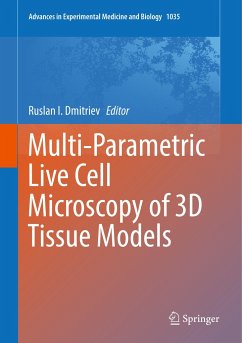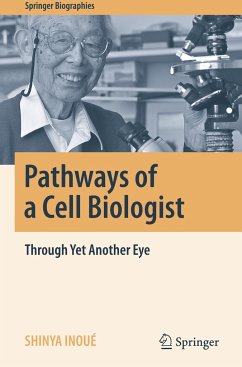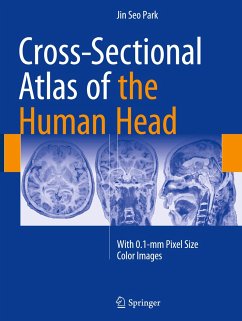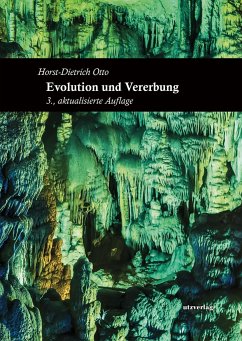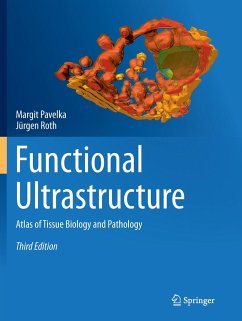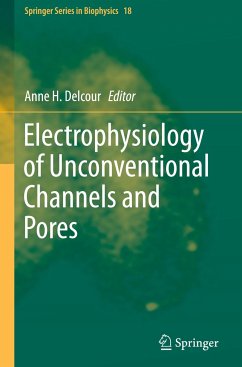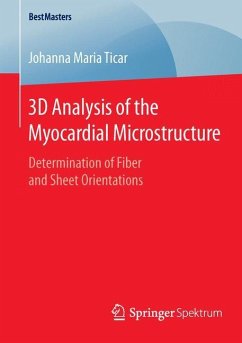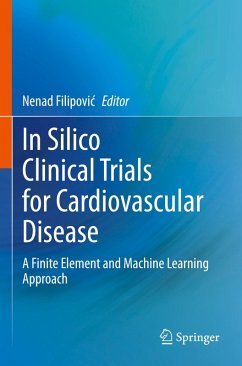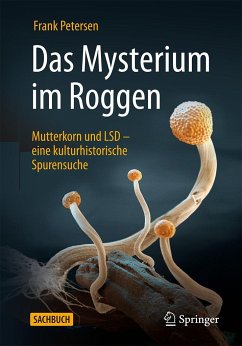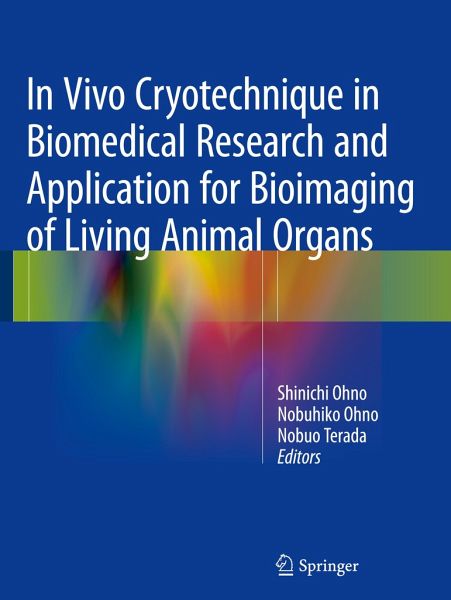
In Vivo Cryotechnique in Biomedical Research and Application for Bioimaging of Living Animal Organs

PAYBACK Punkte
57 °P sammeln!
This book focuses on actual morphofunctional findings of cells and tissues in living animal organs. Medical and biological scientists need to know the real in vivo morphology and immunolocalization of the molecular components in living animal organs. Recently, the live imaging of cells and tissues of animals with fluorescence-labeled proteins by gene manipulation has become more and more popular in biological fields. Current research, meanwhile, has revealed that immunohistochemical or morphological studies exclusively depend on living animal organs. The cryotechnique is one of the most useful...
This book focuses on actual morphofunctional findings of cells and tissues in living animal organs. Medical and biological scientists need to know the real in vivo morphology and immunolocalization of the molecular components in living animal organs. Recently, the live imaging of cells and tissues of animals with fluorescence-labeled proteins by gene manipulation has become more and more popular in biological fields. Current research, meanwhile, has revealed that immunohistochemical or morphological studies exclusively depend on living animal organs. The cryotechnique is one of the most useful tools for immunohistochemistry and bioimaging of animal organs. This book describes the epoch-making cryotechnique originally developed by the editors. The book also makes the management of living animal morphology more accessible not only for biomedical researchers but also for clinical doctors, providing a valuable resource work on the current perspectives of in vivo morphology.



